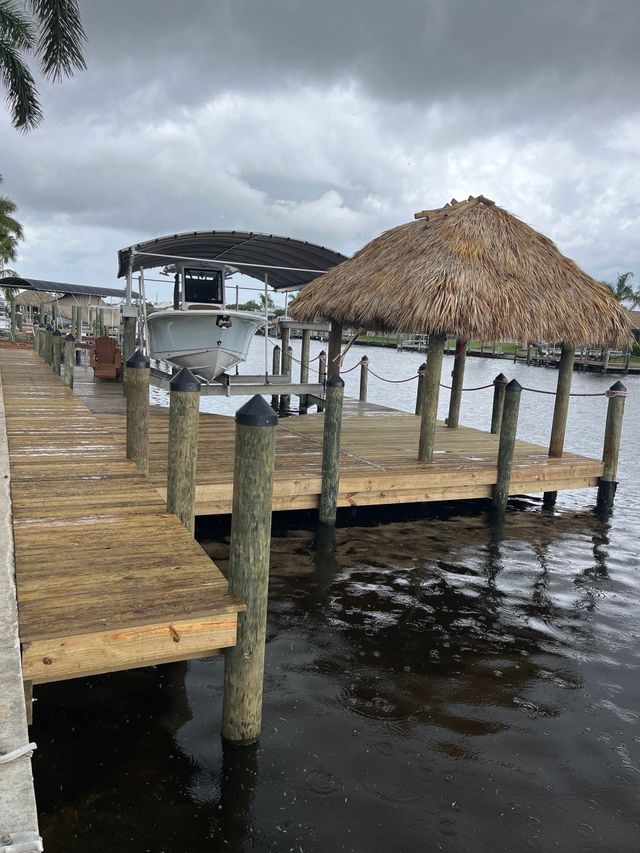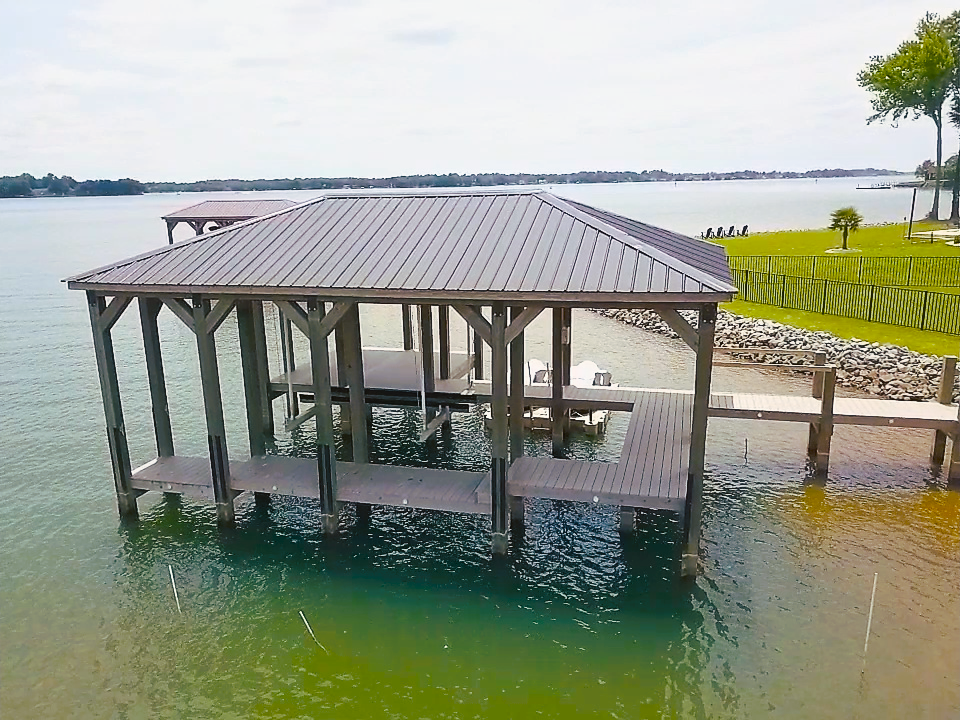How to Address Common Dock Repair Issues for Safe Water Activities

Identifying Common Dock Issues
Recognizing usual dock concerns is essential for maintaining the functionality and security of your beachfront residential or commercial property. Regular evaluations can help uncover problems before they end up being extreme, ensuring both the long life of the dock and the safety and security of those that use it. One common issue is loosened or rusty bolts. Over time, screws, bolts, and various other fasteners can become loose because of consistent direct exposure to water and climate components, bring about architectural instability.
One more usual trouble is the deterioration of flotation protection gadgets. These tools are necessary for keeping the dock resilient, and any damage or slits can cause the dock to checklist or sink. Consistently inspecting for leakages or waterlogged drifts can preempt more substantial issues.
Additionally, algae and barnacle buildup on the dock's surface can create harmful and slippery conditions. This biofouling not just poses a danger to individuals yet can also speed up the degeneration of the dock products.
Lastly, checking for signs of corrosion on steel parts is crucial. Rust can endanger the honesty of the dock's framework, making it hazardous. By consistently identifying these typical dock problems, you can make sure that your dock remains safe and practical for years to find.
Repairing Rotting Wood
When addressing the issue of decaying wood on your dock, it is important to act swiftly to stop further wear and tear. Begin by extensively evaluating the whole structure to identify all influenced areas. Use a screwdriver to penetrate the wood; if it sinks in quickly, the wood is likely rotted and needs immediate attention.
Once identified, eliminate the decomposed sections using a saw or chisel. Make certain to cut back to healthy, strong timber, guaranteeing you remove all jeopardized material. After removal, deal with the staying timber with a timber chemical to avoid future rot. This therapy will certainly help secure against moisture, which is the key reason of wood decay.
Next, replace the eliminated sections with marine-grade lumber or pressure-treated timber, which are a lot more resistant to water damage. Protect the new pieces with galvanized or stainless-steel fasteners to avoid rust. In addition, using a water resistant sealant to the brand-new wood can provide an additional layer of protection.
Securing Loose Boards
Just how do you guarantee your dock remains secure and functional for all its users? One important aspect is securing loosened boards, which can or else posture substantial hazards. Loosened boards not only enhance the danger of tripping yet can also jeopardize the architectural integrity of the my company whole dock.

For reinstallation, make use of stainless or galvanized steel screws, as these materials provide superior resistance to deterioration in aquatic atmospheres. Make sure the screws are long sufficient to penetrate deep into the underlying assistance framework, yet not so lengthy that they extend through the dock's surface. Pre-drilling pilot holes can aid protect against the timber from splitting.
Last but not least, keep a routine assessment schedule to identify and attend to any kind of new problems promptly. By protecting loosened boards successfully, you add to the total security and longevity of your dock, making it a trustworthy platform for water tasks.
Supporting Unsteady Pilings
Ensuring the security of unstable pilings is critical to preserving a safe and useful dock. Utilize a degree to inspect for upright placement and guarantee they are driven deep enough right into the substrate to offer appropriate assistance.
If the pilings are discovered to be unstable, one effective method for reinforcement is using additional bracing. Cross-bracing with view it now treated lumber or galvanized metal can considerably improve stability. Anchor the braces securely to both the pilings and the dock framework to distribute tons uniformly.

Regular maintenance and routine reassessment of the pilings' stability are critical to ensuring long-term dock safety and security and performance.
Replacing Rusty Equipment
Resolving unsteady pilings is just one element of maintaining a dock's honesty; an additional vital issue is changing rustic hardware. Over time, direct exposure to moisture and salt can cause the oxidation and rust of braces, bolts, and screws, endangering the entire structure's safety. Regular examination for rust is essential, especially after severe climate or seasonal changes.
When rustic hardware is identified, instant activity is required. Begin by picking marine-grade stainless steel or galvanized equipment, both designed to withstand the rough marine atmosphere. Guarantee that you have the ideal devices, such as screwdrivers and wrenches, to securely eliminate the old, rusty pieces without creating more damage to the dock.
After eliminating the corroded equipment, completely tidy the influenced locations to remove any residual corrosion or particles. Use a rust-inhibiting primer to subjected steel surface areas prior to installing the new equipment. Tighten up all components firmly to avoid future helping to loosen, and occasionally inspect the fittings to ensure recurring security.
Changing rustic equipment not just extends the dock's life expectancy however likewise dramatically improves the security of water activities. By proactively handling rust, you secure both the framework and its customers, guaranteeing a protected and delightful beachfront experience.
Final Thought
Routine examinations and upkeep are necessary to resolve usual dock repair work issues and make certain secure water tasks. By determining and remedying troubles such as decaying timber, loose boards, unsteady pilings, and rustic hardware, structural security and durability can be considerably boosted. The application of marine-grade products and appropriate therapies further strengthens the dock against environmental stress factors. Such positive actions add to the total safety and functionality of dock frameworks, fostering a safe setting for water-based tasks.
Making sure the safety of water activities pivots dramatically on the proper maintenance and repair work of anchors (Dock Repairs). These tools are vital for keeping the dock resilient, and any damage or slits can cause the dock to list or sink. By consistently identifying these typical dock issues, you can ensure that your dock stays get redirected here safe and secure and useful for years to come
Guaranteeing the security of unstable pilings is paramount to preserving a safe and practical dock.Regular examinations and maintenance are crucial to address typical dock fixing problems and make sure secure water tasks.